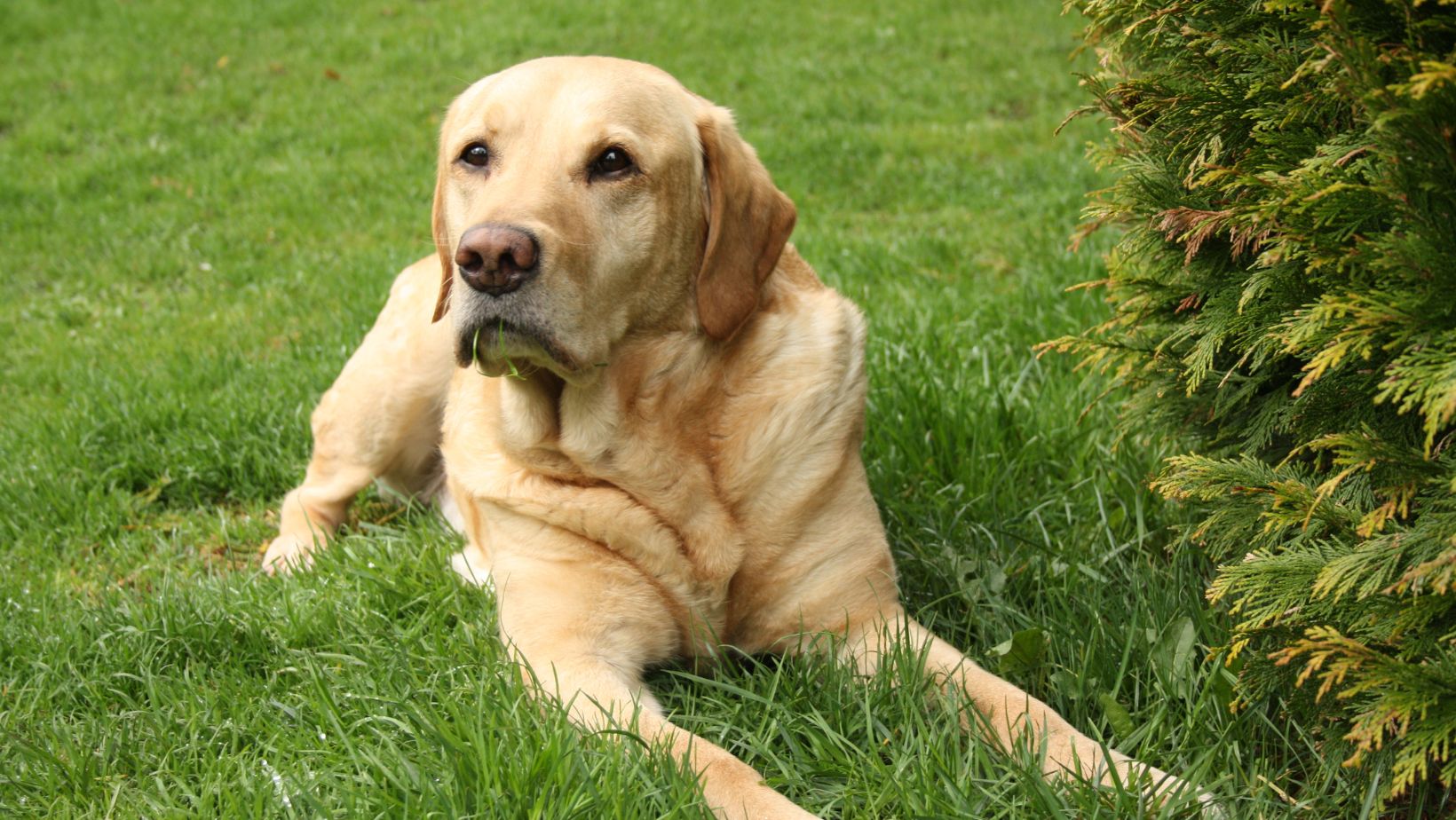How to Get My Dog To Stop Pulling
Are you tired of constantly battling with your Labrador when taking them for a walk? Does their incessant pulling leave you frustrated and longing for a more enjoyable walking experience? If so, you’re in the right place. In this article, I’ll share some valuable tips on how to get your dog to stop pulling specifically for Labradors.
First and foremost, it’s important to understand that dogs naturally pull on the leash due to their instinctual behaviors. However, with consistent training and patience, you can teach your Labrador to walk politely by your side. One effective technique is the “Stop and Go” method. When your dog starts pulling ahead, simply stop walking and wait until they return to your side. Reward them with praise or treats when they do so. By repeating this process consistently, your dog will learn that pulling does not lead to forward progress.
Another useful strategy is using positive reinforcement techniques such as clicker training or rewarding good behavior with treats. Whenever your Labrador walks calmly beside you without pulling, reinforce their behavior by clicking the clicker or offering a treat along with verbal praise like “Good job!” This positive association will encourage them to repeat the desired behavior.
Additionally, providing mental stimulation through interactive toys or puzzle games can help redirect some of your Labrador’s excess energy. A tired dog is usually less prone to pulling during walks. Consider incorporating regular exercise sessions into their routine as well.
Choosing the Right Equipment to Discourage Pulling
When it comes to teaching your Labrador to stop pulling on walks, choosing the right equipment is crucial. The proper gear can provide control and comfort while discouraging pulling behavior. Let’s explore some key factors to consider when selecting the right equipment for your furry friend.
Choosing the Right Leash for Your Labrador
The leash you choose plays a vital role in managing your dog’s pulling tendencies. Opt for a leash that allows you to maintain control without causing discomfort or injury. Here are a few options worth considering:
- Standard Leash: A traditional nylon or leather leash provides durability and control during walks.
- Retractable Leash: Retractable leashes offer freedom of movement while still maintaining some level of control over your dog’s actions.
- Hands-Free Leash: Hands-free leashes, such as waist belts or cross-body harnesses, can be advantageous for active owners who prefer a hands-on approach without needing to hold onto a standard leash.
Consider your specific needs and preferences when selecting a leash style that best suits both you and your Lab.

Understanding Different Types of Collars and Harnesses
Collars and harnesses are essential tools in discouraging pulling behavior by redirecting focus and providing gentle guidance. Here are some options worth exploring:
- Martingale Collar: Martingale collars have limited slip features that prevent choking while still offering more control than traditional flat collars.
- Head Halter: Head halters gently guide your dog’s head, giving you greater control over their movements without causing discomfort.
- No-Pull Harness: No-pull harnesses distribute pressure evenly across the chest rather than focusing it on the neck area, reducing strain on your Lab’s throat.
Each type of collar or harness has its own benefits, so consider consulting with a professional trainer or veterinarian to determine which option is best suited for your Labrador’s specific needs.
Considering Training Tools to Discourage Pulling
In addition to selecting the right leash, collar, or harness, there are various training tools available that can aid in discouraging pulling behavior. These tools should always be used under the guidance of a professional trainer. Some common training tools include:
- Clickers: Clicker training utilizes a distinct sound to mark desired behaviors and reinforce positive actions during walks.
- Treat Pouches: Treat pouches allow you to carry small rewards with you during walks, providing immediate reinforcement for good behavior.
- Training Whistles: Training whistles emit unique sounds that can be associated with specific commands or cues, helping redirect your Lab’s attention when they start pulling.
Remember that while these tools can be helpful in teaching your dog to walk without pulling, consistency and positive reinforcement are key factors in achieving long-term success.